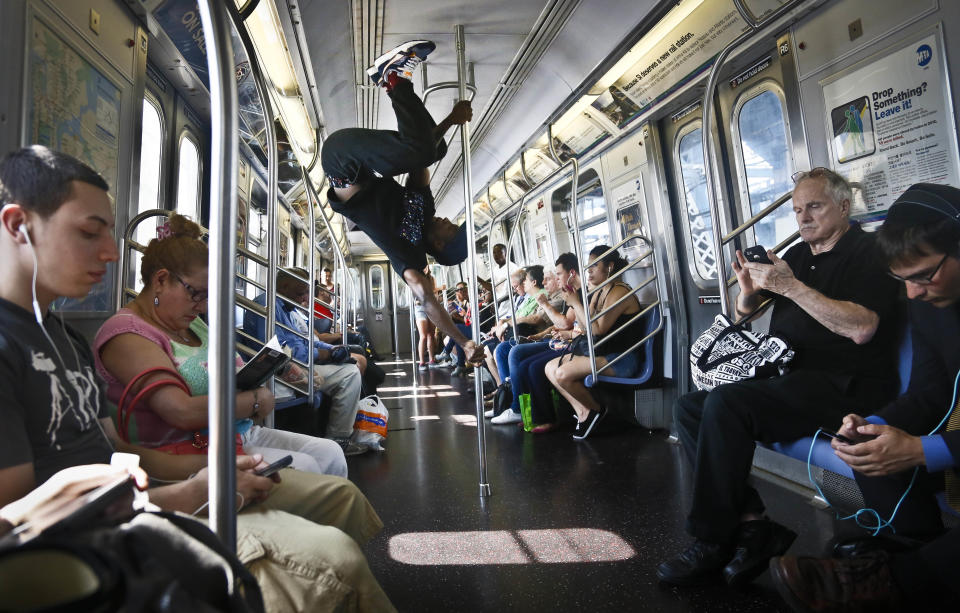Beyond Singapore: Peek into subway trains from around the world

The first of 45 new trains for Singapore transport operator SMRT Corp have reportedly arrived.
They will under “rigorous testing” before they are introduced for passenger service in the first quarter next year, SMRT said. They are mainly meant to beef up the heavily used North-South and East-West lines.
People might not see much of a difference when they ride the new trains, because the new model, called C151B, is essentially the same as the C151A trains that have been in service since 2011.
In comparison to other subways in other cities around the world though, how does Singapore’s metro system stack up?
Let’s take a look.

1. New York
The Big Apple’s subway has a gritty feel that reflects its over-a-century age. The cars are several decades old and known for their tin-can siding. Operating 24 hours a day, the 373-kilometer subway carries 1.75 billion riders annually, the seventh highest in the world.

2. London
Opened more than 150 years ago, the “Tube” is the world’s oldest metro system. It’s slowly getting air-conditioned trains, but the awesome buskers at some stations are what makes this subway stand out. It also carries 1.2 billion passengers every year.

3. Hong Kong
Famously efficient, Hong Kong ‘s MTR (Mass Transit Railway) was built in 1979. The trains have a reported 99.9 per cent punctuality rate, and employees strive to resolve every issue within two minutes. It carries 1.6 billion people annually, even though at 218 kilometers it has far less track than New York’s metro.

4. Tokyo
When one thinks of the Tokyo subway system, an image of people being pushed inside packed trains by men in white gloves during rush hour comes to mind. Fast and punctual, the subway carries 3.2 billion passengers a year, the second-highest next to Beijing.

5. Seoul
A system reorganized in the mid-2000s, Seoul’s subway trains have seats that have heated seats, wi-fi, screens and lots of leg room. You can even put your bag atop one any of the overhead racks. It is the world’s third-busiest subway with 2.56 billion passengers a year.


